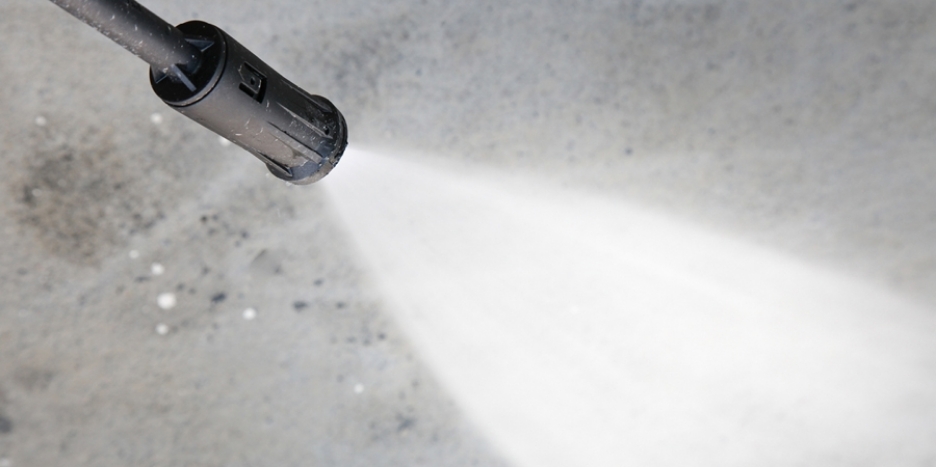Disinfecting livestock facilities between groups is an effective method to reduce pathogen loads for incoming animals. While most producers understand the risks to humans and animals due to the caustic nature of most disinfectants, they may not recognize the damage that can occur to metal surfaces. The choice of chemical disinfectant used may have unforeseen negative results on the life of buildings and equipment.
Sodium hypochlorite or bleach is an inexpensive and commonly used disinfectant. While typical dilutions are not harmful to metal, high concentrations can discolor and damage stainless steel.
High concentrations of quaternary ammonium compounds are corrosive to metals. Although damage will not usually occur with normal dilution rates, the applicator should avoid direct spills on metal surfaces.
Peroxgen compounds are corrosive to metals, including hot-dipped galvanized coatings. Label directions on the most popular brand states, "Do not immerse metal objects for long periods,10 minutes is maximum contact time". An in-house corrosion test on metal test strips showed a reduction of the galvanized coating from 4.522 mils to 3.463 mils in 24 hours. It is crucial to rinse metal surfaces with fresh water after 10 minutes of contact time to avoid deterioration of the zinc coating.
Litter treatment products containing sodium bisulfate are a popular choice for controlling ammonia buildup in poultry houses. Sodium bisulfate is included in the class of compounds known as acid salts. While label directions state it is safe to use with animals present, this salt will destroy galvanized coatings it comes in contact with when combined with moisture.

Mixing calcium oxide with water produces a product known as hydrated lime or slaked lime used to disinfect barn surfaces. When dry, quicklime is not excessively corrosive to galvanized steel, but when combined with water, it creates calcium hydroxide, which is corrosive to galvanized steel and aluminum.
What is the most important rule for using disinfectants? Always read and follow label directions for proper preparation and application directions. Pay special attention to blend the correct concentrations of chemicals. It is easy to overuse products when mixing stock solutions applied with a power washer and venturi system.
To learn more about the characteristics of selected disinfectants, check out this chart from Iowa State University












 Україна
Україна Méjico
Méjico



